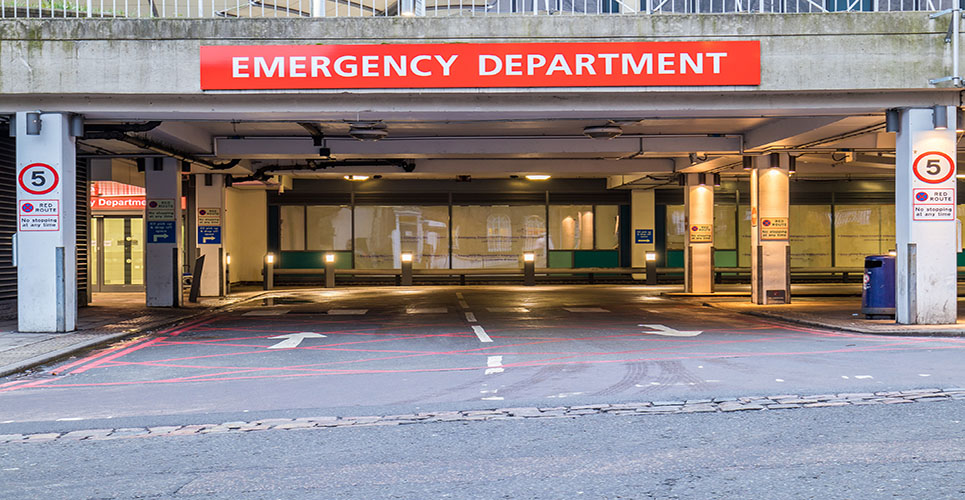teaser
Ray Fitzpatrick,
Consultant Editor
The world seems to be bristling with new technology. So why, in the 21st century, with all this technology, are the operational medicines management systems in most hospitals so archaic? Prescriptions are handwritten onto a piece of card that is then given to the hospital porter who transports it manually, probably via several other stops, to the pharmacy department. The prescription will probably be handled by several different members of staff within the department during the dispensing process, before the final product is returned to the ward. While many hospitals are re-engineering their processes and have developed clinical pharmacy services, one-stop dispensing systems and efficient safe systems of work using the appropriate staff skill-mix, the use of new technology in the whole medicines management process is limited and patchy.
In this edition of Hospital Pharmacy Europe, there are articles featuring the use of new technology, from electronic prescribing through automated dispensing to noninvasive quality assurance equipment. As those who attend national and international conferences will know, an array of new technologies to support the delivery of efficient pharmacy services can be found among the pharmaceutical stands. So why are we not all harnessing the power of this new technology to help us deliver our pharmacy services in an increasingly pressurised hospital healthcare environment? Undoubtedly, the greatest barrier is resources. Implementing a full electronic prescribing system in a large acute hospital is certainly not going to come cheap. Many hospitals will rely on national programmes, such as the NPfIT programme in the UK, and, as most of us know, such national programmes tend to take a long time to roll out. However, harnessing new technology in the pharmacy does not always have to involve major investment. Prescription tracking systems utilising barcode scanning technology, which allow live monitoring of every stage of the prescription’s journey within pharmacy, come at an affordable price. In my own hospital, wards can now view the progress of patients’ prescriptions via the ward computer terminal, thus avoiding the need to waste both ward and pharmacy staff time in endless phone calls to check whether a prescription is ready or not.
As with any new development, there will be early implementers who see the potential benefits, are prepared to take a risk and are able to secure additional investment. This will then be followed by the vast majority of practitioners who take a more cautious “wait and see” approach, followed by a minority who are happy to continue in the old way. While early implementers are to be admired, they have a responsibility to evaluate the new technology in practice thoroughly and publish the results of their evaluation through all possible media, so that their colleagues who prefer to “wait and see” may use the data to secure investment in an increasingly cost-conscious healthcare environment. It is also the responsibility of the “wait and see” practitioners to learn from the early implementers in order to ensure wider uptake of those new technological developments where there are clear benefits to the service and patients. In the same way that we critically review new pharmaceuticals before committing to their introduction, we need to ensure that we are using new technology to help us deliver better patient care, based on published evidence and not because it is the latest toy that everyone has to have. Perhaps the greatest barrier to introducing new technology is our own fear of change, and how it will impact on existing staff. Implementing a new piece of technology may release staff time, which we would all like to use to improve the quality of our service. However, in the hard world of modern healthcare, such resources may also have to be reinvested to pay for the new technology. Directors of pharmacy should know the wider agenda of their own hospitals, and will need to make a judgement about what arguments will secure resources to modernise their service.
Ray Fitzpatrick, Consultant Editor

